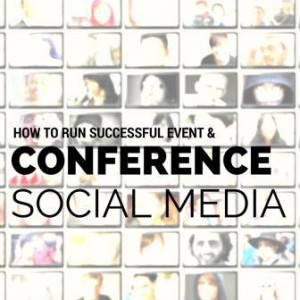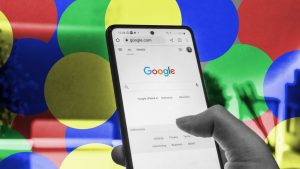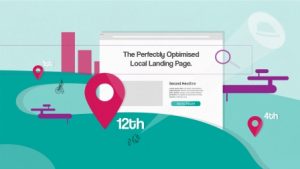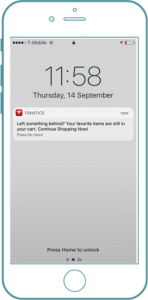Take away the bells and whistles of marketing, strip back the hype of a product/service launch, cut away the popularity of a brand, and you can boil down the single most important question to ask yourself as a business owner when attempting to satisfy the customer: “What’s in it for me?”
What’s in it for me (WIIFM) is being able to answer the real questions a customer may have about your product or service. The answer is personal and caters to the customer’s desires and needs. When the customer understands the value of your offer it expedites the sales funnel and turns them into a loyal, long-term customer that knows your business has their best interest in mind.
So how does one answer the question and add personalization into their business and all they have to offer?
Before going deeper into answering that question and explaining how it’s done, just take a look at these handful of examples of personalization:
· Apple allows you to add personal engraving to iPods, iPhones, and iPads
· NewEgg (and certain PC brands hosted on the site) allows you to build a personalized computer, from scratch, that caters to budget, design, power, and aesthetic
· Nike will allow you to completely customize the color, accessories, and personal messages on their shoes
When brands allow their customers to customize products or have a say through community voting (see flavor selections by Ben & Jerry’s) it adds a special touch of uniqueness for those that are ambassadors to the brand. These are the individuals that are die-hards; they are ones that continue to support the business and are very vocal about their satisfaction (which, as you know, is great word-of-mouth marketing).
So what are some real-world examples you could use in your business?
Ecommerce, as one example, benefits greatly through the use of custom recommendations for products, accounts (which develop taste profiles), social proof and reviews to share what others are purchasing, personalized discounts, and custom retargeting through email and ads that remind them of a product they viewed, though may have been distracted and backed out on the purchase.
Label printers have presented an easy way to further customize the ecommerce experience in ways such as creating copy and creative ideas for specific individuals or regions, adding catered instructions to a product, or doing short-run prints for exclusives to give them a special look and feel (like collector’s editions).
Services are immensely effective when they are presented in a way that speaks to the sole individual. A lead generation page, for example, could drive traffic from a specific source (let’s say cycling enthusiasts) and present them with a sales pitch that identifies and answers the WIIFM questions these individuals are bound to have. Once they make way further into the sales funnel they are continued to be presented with a personalized message once enough information has been collected (such as data pulled from a Facebook/Twitter login). The backend, then, can be customized for specific individual to show the product/service modules they require without overloading them with other parts that would go unused.
Face-to-face type businesses, such as personal trainers, food trucks, crafting, and the like, can add a personal touch to the activities in ways such as offering custom t-shirts for their customers, magnetic menus that have a customer’s favorite food (or a special discount), or branded tools for the craft. These small items go a long way because they feel they’re less a customer and more of a close companion to you and the business; they feel respected and part of the family.
When we talk to customer service we want to hear our name. When we open the box we want the product to feel it’s our own. When we share our experience we want to be addressed.
Answer the question “what’s in it for me?” your customers present, find the solution, and cater your response to the individual – this is how you stand out from the competition and gain customers for life.
Business & Finance Articles on Business 2 Community(67)
Report Post





